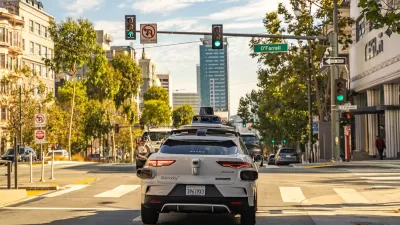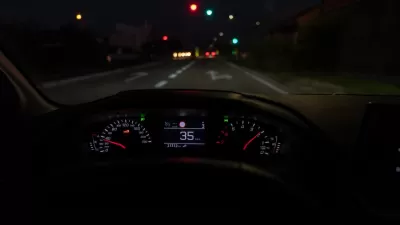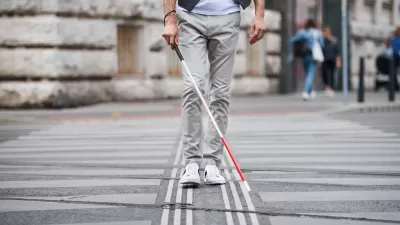An overreliance on ‘partial automation’ can make drivers less attentive.

After testing 14 versions of ‘partial automation’ features in vehicles, the Insurance Institute for Highway Safety (IIHS) concluded that “There’s no evidence that (partial automation) makes driving safer, and, in fact, it can create new risks by making it easier for the driver’s attention to wander.”
According to a piece by Ben Abramson on Strong Towns, “Basic performance testing included seeing how the systems function in prescribed conditions at maintaining speed, distance, and lane control. Most of the systems worked as designed during these sessions, conducted in clear weather and favorable light conditions.”
However, in testing systems that are designed to monitor whether drivers are in control and paying attention, “A look at the IIHS Report Card shows a slew of bad marks in categories such as Attention Reminders and Emergency Procedures, with the report concluding that ‘most of the systems fail multiple safety feature requirements.’”
These systems, while not billed as ‘self-driving,’ use similar technology as autopilot systems. “Seeing how these systems can fail even in controlled testing conditions shows how challenging it is to deploy them safely in more complex urban environments,” Abramson writes.
According to author Peter Norton, self-driving cars perpetuate a historical pattern. “Seeing how these systems can fail even in controlled testing conditions shows how challenging it is to deploy them safely in more complex urban environments.”
FULL STORY: Too Much Trust in Technology Is Dangerous for Drivers (and Everyone Around Them)

Manufactured Crisis: Losing the Nation’s Largest Source of Unsubsidized Affordable Housing
Manufactured housing communities have long been an affordable housing option for millions of people living in the U.S., but that affordability is disappearing rapidly. How did we get here?

Americans May Be Stuck — But Why?
Americans are moving a lot less than they once did, and that is a problem. While Yoni Applebaum, in his highly-publicized article Stuck, gets the reasons badly wrong, it's still important to ask: why are we moving so much less than before?

Using Old Oil and Gas Wells for Green Energy Storage
Penn State researchers have found that repurposing abandoned oil and gas wells for geothermal-assisted compressed-air energy storage can boost efficiency, reduce environmental risks, and support clean energy and job transitions.

Minneapolis Bans Rent-Setting Software
Four cities have enacted restrictions on algorithmic software that can inflate rent costs.

Oakland to Add 244 New EV Chargers
Oakland plans to launch its new charging network at eight locations by the end of 2025.

Jane Goodall Inspires with Message of Hope, Resilience, and Environmental Action
Speaking in Pasadena, Jane Goodall offered a hopeful and inspirational message, urging global compassion, environmental responsibility, and the power of individual action to shape a better future.
Urban Design for Planners 1: Software Tools
This six-course series explores essential urban design concepts using open source software and equips planners with the tools they need to participate fully in the urban design process.
Planning for Universal Design
Learn the tools for implementing Universal Design in planning regulations.
Heyer Gruel & Associates PA
City of Moreno Valley
Institute for Housing and Urban Development Studies (IHS)
City of Grandview
Harvard GSD Executive Education
Salt Lake City
NYU Wagner Graduate School of Public Service
City of Cambridge, Maryland





























